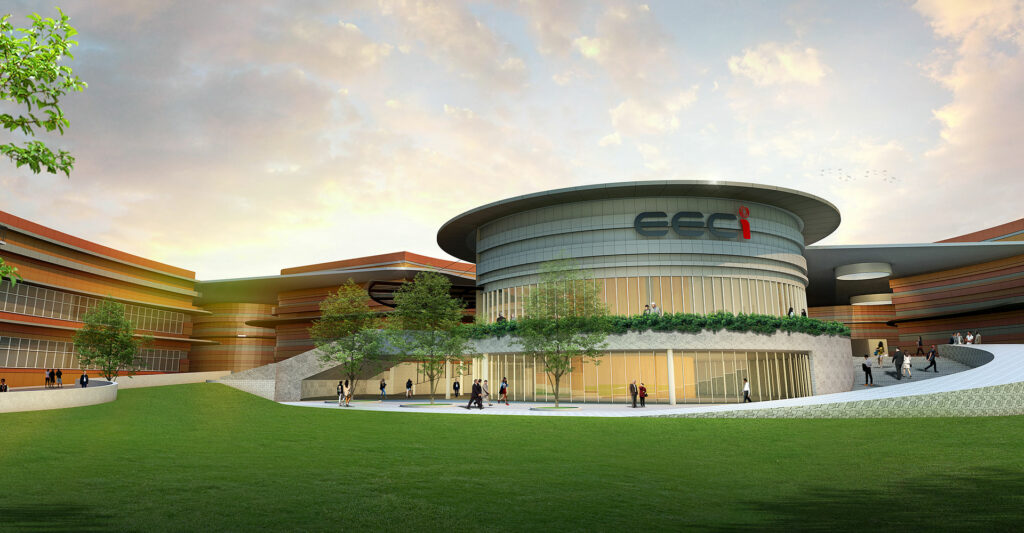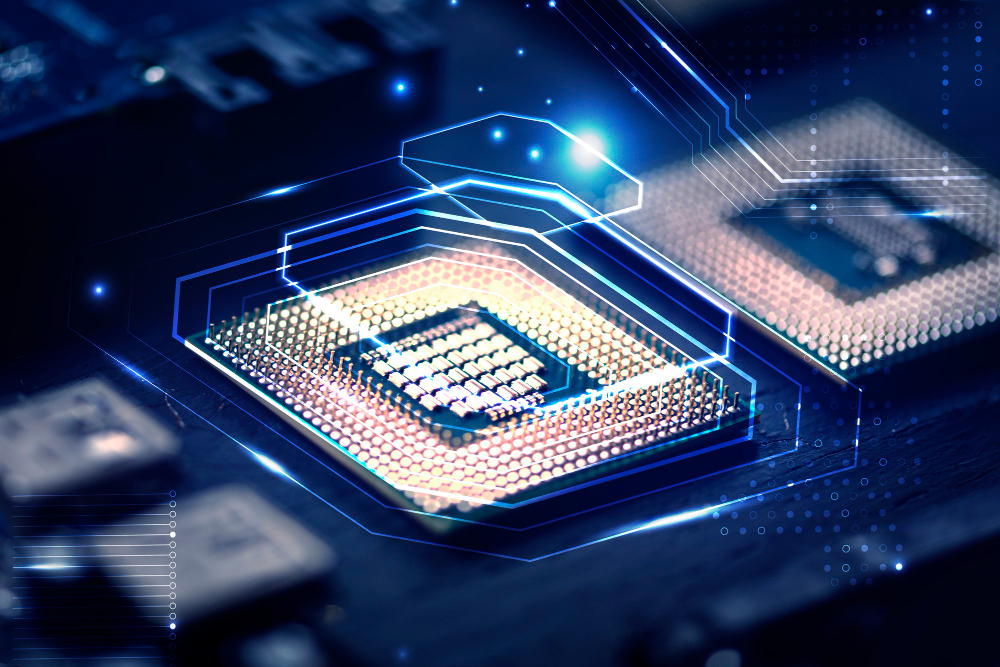Who We Are ?
Center for Cyber-Physical Systems (CPS)

Center for Cyber-Physical Systems or CPS is a part of Sustainable Manufacturing Center (SMC), National Electronics and Computer Technology Center (NECTEC), National Science and Technology Development Center. CPS technology, a vertical combination of NECTEC’s three areas of expertise: sensor, IoT and AI/Data Analytics, is projected by NECTEC to be a key to the success of Thailand 4.0 policy, hence Center for Cyber Physical Systems has been formed from NECTECs three core areas of research expertise: sensors, network/system, and artificial intelligence/data analytics with a mission to facilitate implementation of CPS technology in various economic sectors such as industry, agriculture, and urban infrastructure. CPS offer a wide variety of services regarding CPS and IoT technologies such as CPS/IoT infrastructure platforms, testbeds, training, and consultation
Our Mission
To establish national infrastructure service center equipped with experts, tools, and testbeds for innovation, consultation, and knowledge dissemination in CPS technology to the public with the ultimate goal of lifting Thailand’s industry to 4.0 level.


Our Vision
To be the national and regional leading knowledge center in all things CPS. Capable of providing methodology and guidance on how to design, implement and apply CPS to any economic sector.
About Cyber-Physical Systems (Technology)

Cyber-Physical System or CPS is engineering system that seamlessly integrates physical world with cyber world. Physical world includes all kinds of physical objects such as devices, machines, systems (man-made or natural), environments, and even humans ourselves. Cyber or digital world provides computation and control.
Combining the two worlds requires, first and foremost, connectivity among physical things such that they can interact as a network a.k.a. Internet of Things (IoT).
IoT also acts as a bridge between the physical and cyber sides of a cyber-physical system. Through sensors, live data can be retrieved from a physical system and processed in the cyber space in order to produce decision, which is then passed back via actuators to control the physical system in continuous, autonomous loops.

Download now!

